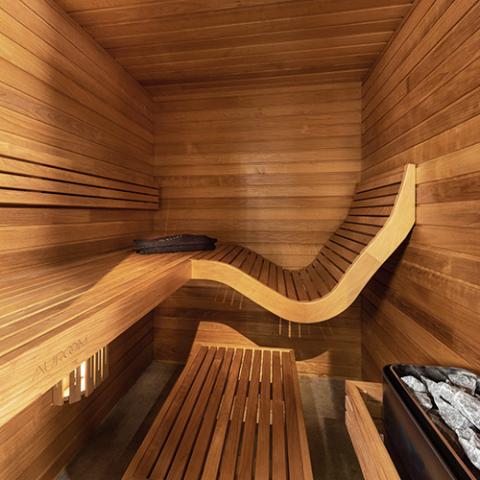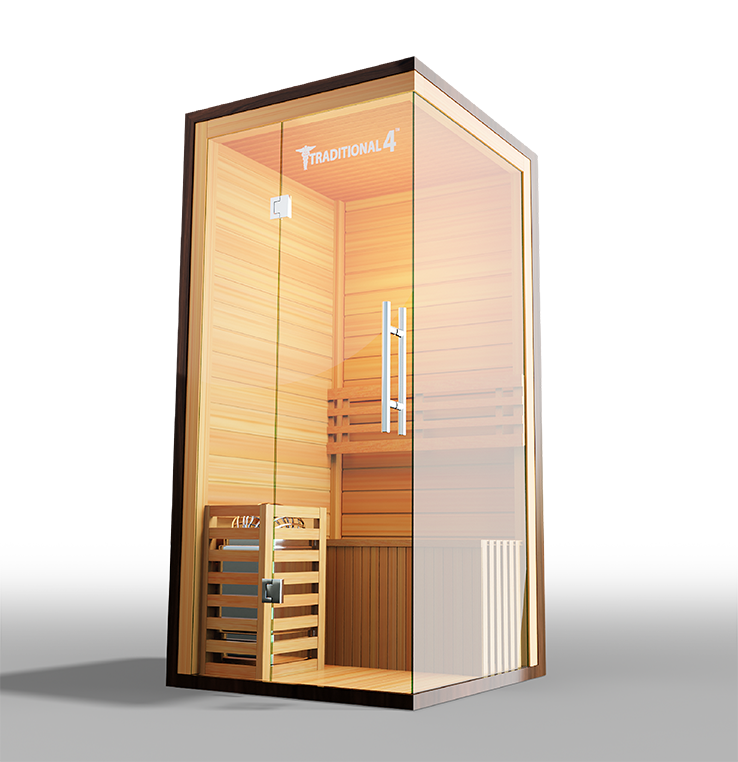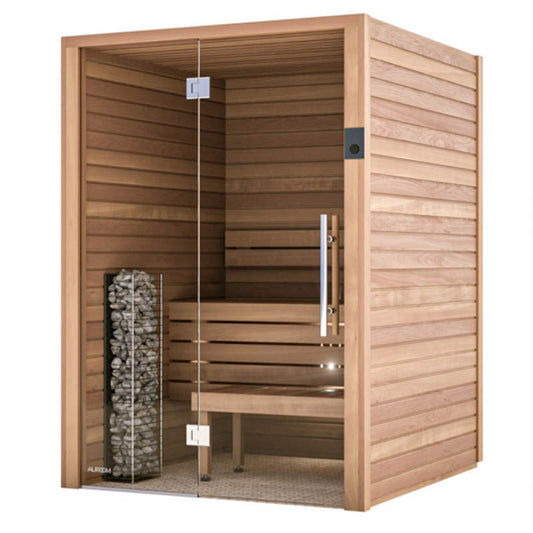The Single Strategy To Use For Traditional Sauna
The Single Strategy To Use For Traditional Sauna
Blog Article
The Basic Principles Of Traditional Sauna
Table of ContentsThe smart Trick of Traditional Sauna That Nobody is DiscussingNot known Facts About Traditional SaunaThe Greatest Guide To Traditional SaunaThe Basic Principles Of Traditional Sauna Not known Facts About Traditional Sauna
Most of the weight shed in a sauna is water loss and is re-gained upon rehydrating. Without an uncertainty sauna can be a vital part of a healthy and balanced weight loss program. To check out the differences in between standard and IR saunas, I will divide these into proven, theoretical, and made differences.Thus, the hottest factor in the saunawhich is at the ceiling straight above the sauna heateris commonly between 185 and 190 F. Claims that a conventional sauna goes beyond 200 F is just not real and not appropriate for electrical saunas sold in the United States. The temperature for a far-infrared sauna is generally set in between 120 and 140 F; however, unlike the standard sauna, the objective in and IR space is not to attain a high temperature.
Due to this, the temperature distinction is almost pointless, since excessive sweating causes both sauna types, however the approach of heating the body is different. In an IR sauna the bather will certainly really feel hot and will sweat a lot, but at much reduced temperature levels (Traditional Sauna). Thus, if the goal is to invest longer amount of times in the sauna, the IR sauna is a good option
When a typical sauna has been appropriately warmed, the sauna walls are warm, the air temperature has actually attained set temperature and the rocks are very warmed. As an intriguing side note, the heated walls and the rocks are emitting far-infrared heat, integrated with the warmed air, to develop an "wrapping up heat".
Traditional Sauna for Beginners

When the high temperature is achieved, the elements cycle on and off to keep the heat. Many conventional sauna users appreciate putting water over the rocks to produce steam to elevate sauna humidity degrees. The advantages of pouring water over the rocks consist of: making the space more comfy, moistening the nasal flows, and enabling the use of aromatherapy by blending vital oils with the water.

When the energy enters the body, it creates the body temperature to boost and eventually causes perspiration. In an infrared sauna it is very important for the emitters/heaters to stay on practically constantly. Given that there is no mass of rocks to maintain warm, the sauna will cool if the emitters shut off.
As pointed out above, the sauna bather in an infrared area intends to place himself before operating emitters to get optimal take advantage of the warmth. The home heating time for the 2 rooms can be extremely various, relying on how the spaces are utilized. For a conventional sauna, a bather must permit 30-40 mins for the room to achieve a preferred temperature and to effectively pre-heat the rocks.
Traditional Sauna for Beginners
A well constructed sauna will generally attain a temperature of 150-160 F in about 30-40 mins. For hotter temperature levels, the area might need to heat for a longer period.

Standard saunas tend to be bigger (thus make use of more power) than infrared saunas, although conventional saunas are absolutely offered in one and 2 person dimensions. For a two-person conventional sauna, 5x6 or 5x7 dimension is most prominent. The leading bench can conveniently seat 2 or three people and is likewise enough time to rest during the sauna session.
The Of Traditional Sauna
The typical expense per kWH of electricity in the U.S. is approximately $0.11, so a 4.5 kW heating unit will cost around $.50 to compete one hour, if the heating unit runs constantly for one hour. Typically a sauna heater will compete 75% of the initial hour and 50% of succeeding More Help hours on given that the components cycle once the established temperature level is accomplished.

There is a rarely discussed distinction in the social experience between the 2 spaces. While our culture has actually lost several of the social benefit of the traditional sauna experience, it can be really socially gratifying (Traditional Sauna). From family members time in the sauna, to heart-felt conversations with better halves, to sauna partiesthe standard sauna experience can cause intimate socializing
Some Of Traditional Sauna
The majority of greater end infrared rooms include colored light therapy, sound systems and full-glass fronts.
Report this page